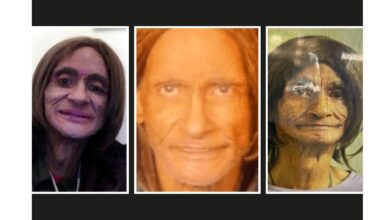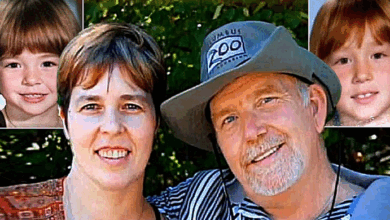The Angel of Death: The Chilling Case of Beverly Allitt
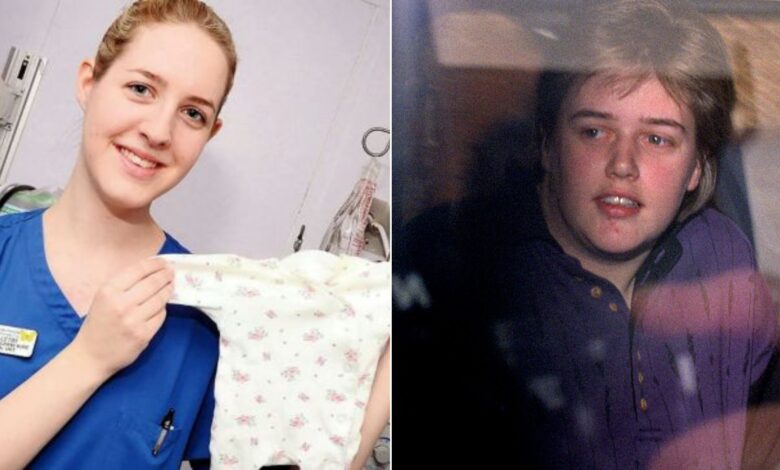
The Angel of Death: The Chilling Case of Beverly Allitt
Beverly Allitt, once a trusted pediatric nurse in the UK, shocked the world in the early 1990s when she was revealed to be one of the most chilling child killers in modern British history. Known as the “Angel of Death,” Allitt used her position of trust to harm the very children she was supposed to care for—leaving behind a trail of pain, grief, and unanswered questions.
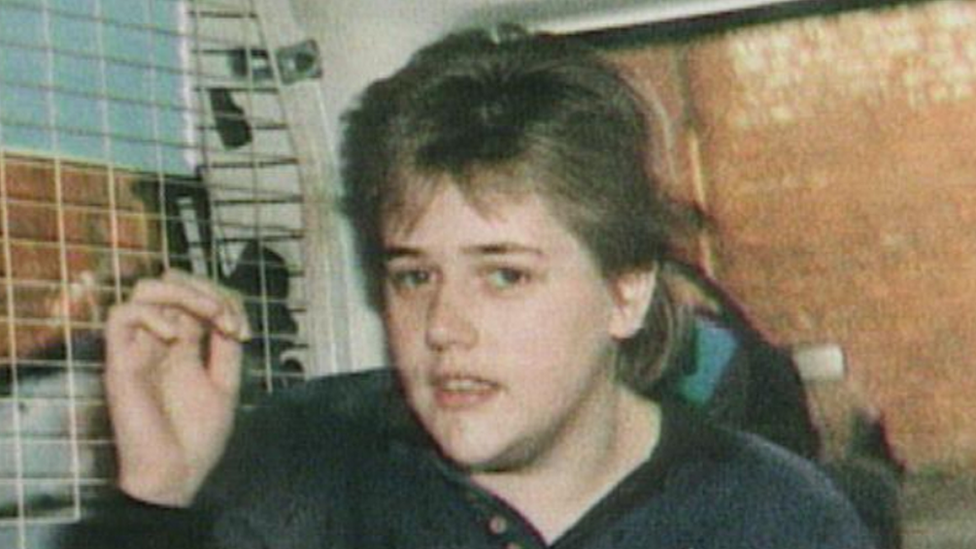
Who Was Beverly Allitt?
Born in 1968 in Grantham, Lincolnshire, Beverly Allitt appeared to be a quiet and compassionate young woman. After completing her nursing training, she began working at Grantham and Kesteven Hospital, where she was assigned to the children’s ward.
But beneath the surface of this seemingly caring nurse lay a dark and deeply disturbed individual. Within just 59 days in early 1991, a horrifying pattern of unexplained deaths and medical emergencies emerged on her ward.
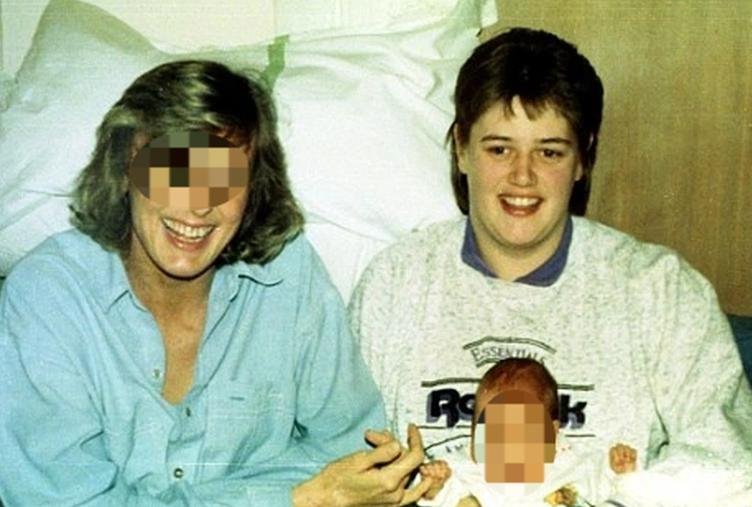
The Crimes
Between February and April 1991, Allitt attacked 13 children, resulting in four deaths:
- Liam Taylor (7 weeks old) – Injected with insulin and potassium, he died of heart failure.
- Timothy Hardwick (11 years old) – Suffered a fatal seizure after an insulin overdose.
- Becky Phillips (2 months old) – Died after a mysterious illness, later believed to be induced.
- Claire Peck (15 months old) – Died after Allitt gave her a fatal dose of medication while in intensive care.
Nine other children suffered severe injuries, many of whom were left with permanent brain damage and disabilities.
What made her attacks especially terrifying was that they occurred in a hospital, a place of safety. Allitt would often remain close to the victims’ families, offering sympathy and assistance—only to strike again when no one suspected her.
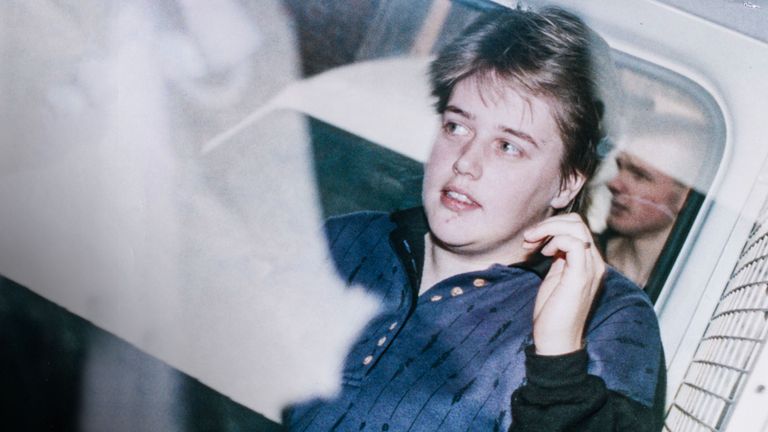
How Was She Caught?
Suspicion grew among hospital staff as the number of cardiac arrests in the children’s ward skyrocketed. Investigators found medical records had been tampered with, and several children had abnormal levels of insulin or potassium in their blood.
Allitt’s presence was a common factor in all the incidents.
In November 1991, she was formally charged with four counts of murder, 11 of attempted murder, and 11 of grievous bodily harm.
Trial and Sentence
During her trial in 1993, prosecutors revealed Allitt’s calculated and cold behavior. She was diagnosed with Munchausen Syndrome by Proxy—a rare mental disorder in which a caregiver fabricates or causes illness in others for attention.
She was convicted on all charges and given 13 life sentences—the harshest sentence ever handed to a female in the UK at that time. She is currently being held at Rampton Secure Hospital, a high-security psychiatric facility in Nottinghamshire.
Legacy and Impact
The case of Beverly Allitt left a deep scar on the British healthcare system. It raised serious questions about hospital oversight, mental health screening for medical professionals, and child protection procedures.
Even decades later, Allitt’s name remains synonymous with betrayal and evil. Her actions serve as a chilling reminder that sometimes the greatest threats come from those closest to us—those who wear a mask of care and compassion.
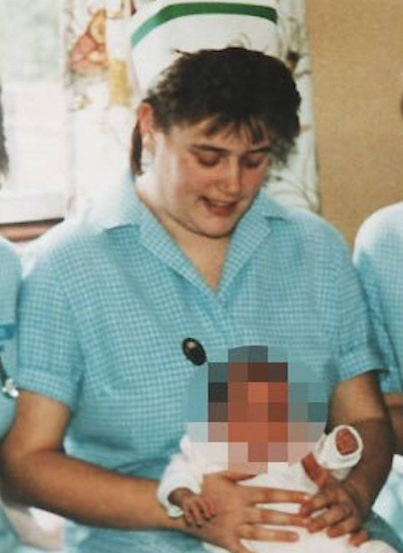
Final Thoughts
Beverly Allitt, the “Angel of Death,” forever altered the lives of dozens of families and cast a long shadow over the nursing profession. Her case remains one of the most disturbing examples of medical murder in the UK—and continues to haunt public memory to this day.


